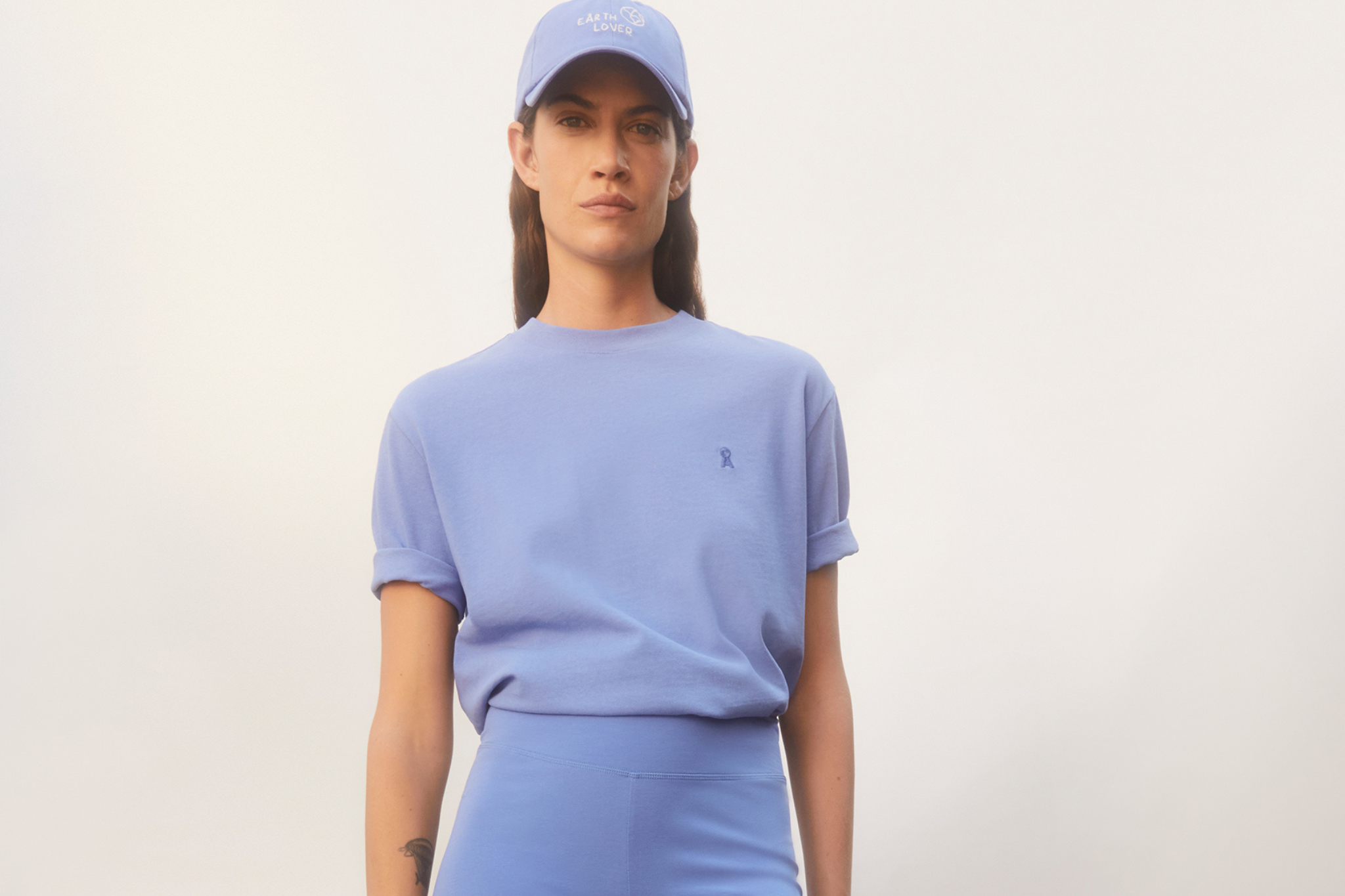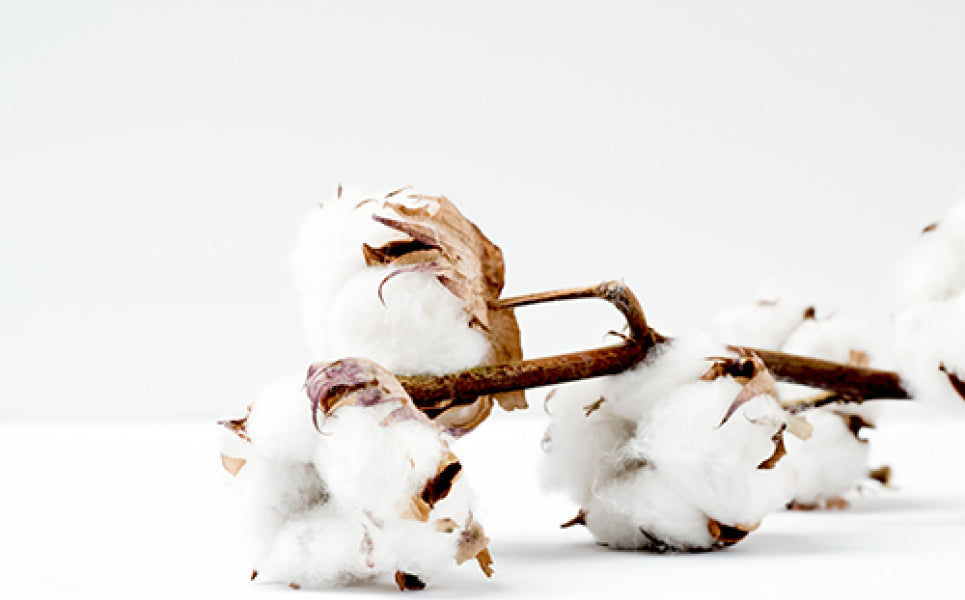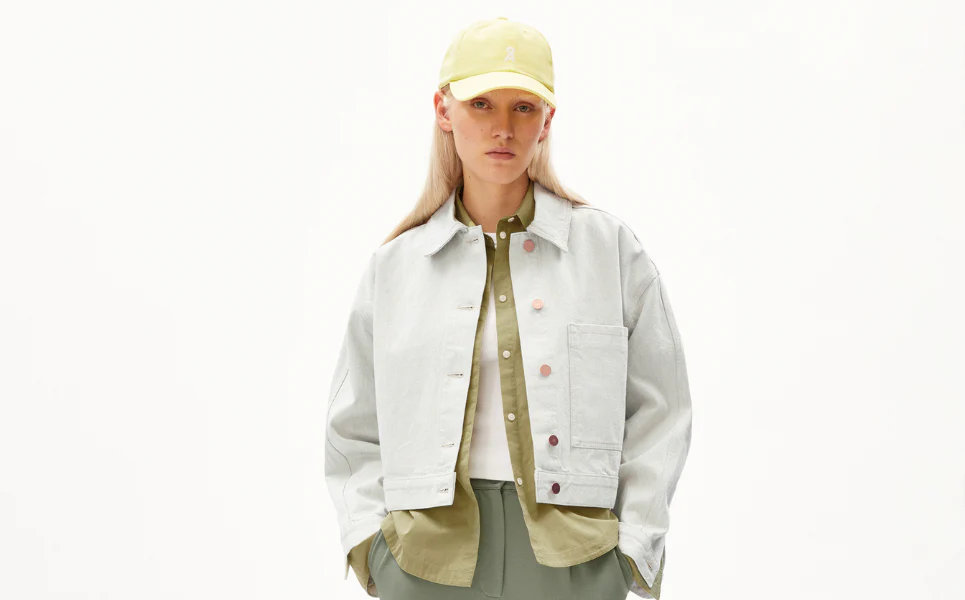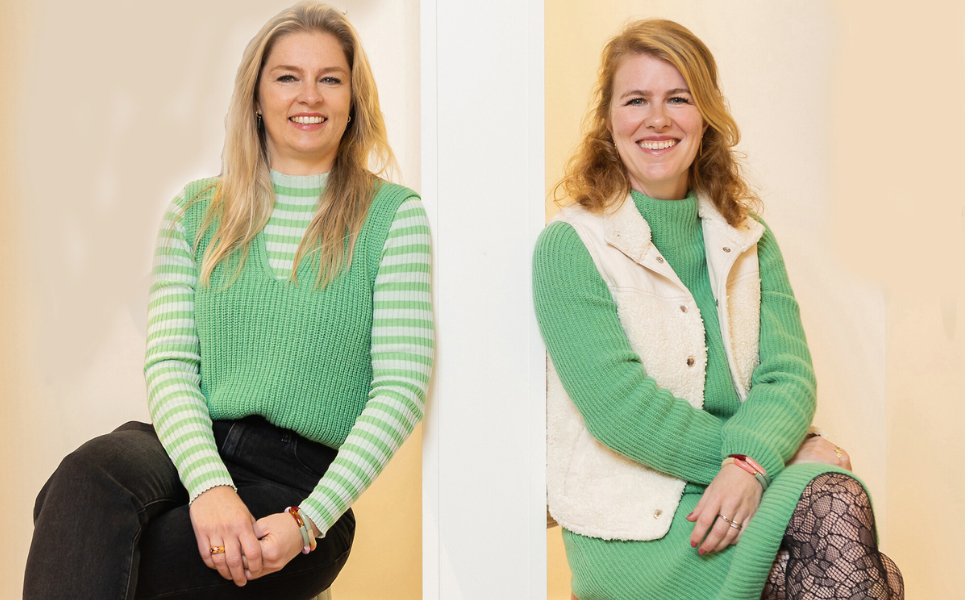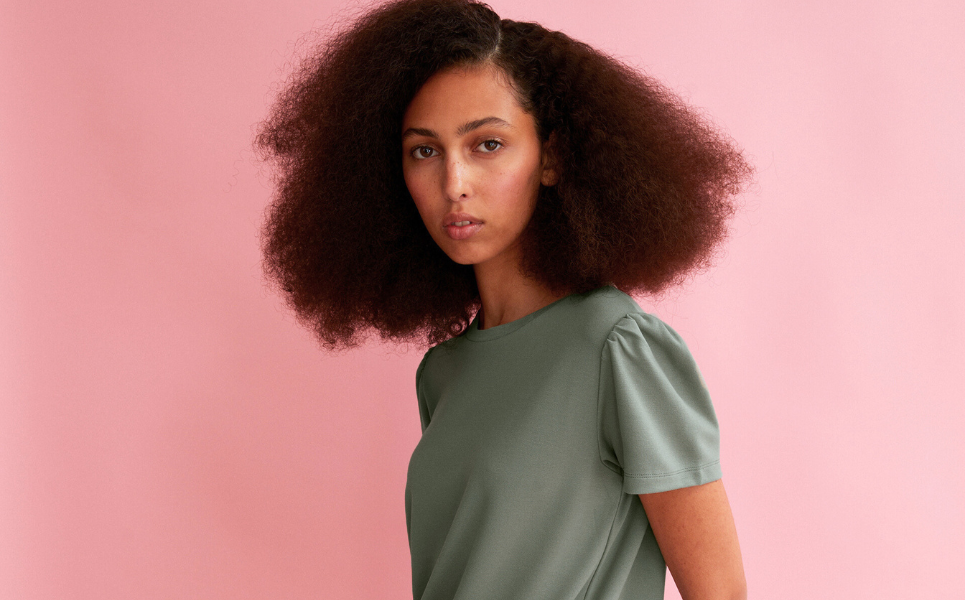You're standing in the store or scrolling through an online shop and almost every brand these days claims to be "sustainable" or "green. But how do you know if that's really the case? With so much greenwashing in the fashion industry, it's sometimes hard to see the forest for the trees. Fortunately, there are handy tools and tips that can help you identify truly sustainable clothing brands. In this blog, we take you through the most important tools and tricks!
Why is it so difficult to assess sustainability?
The fashion industry has complex production chains that span multiple countries. A T-shirt may have cotton from India, be spun in Turkey, dyed in Bangladesh and sewn in Vietnam. Things can go wrong at every step of this process: from the use of harmful pesticides to poor working conditions. This is why transparency is so important - and often exactly what is lacking in unsustainable brands.
How we select brands at Sophie Stone
At Sophie Stone, we look critically at every brand we include in our assortment. We always check whether a brand is transparent about their production process, which seals of approval they have, and whether sustainability is truly woven into their DNA. All of our brands - from ARMEDANGELS to MUD Jeans, from Kings of Indigo to Genesis footwear - must meet our strict requirements before they make it into the webshop and store.

Would you like to learn how to check for yourself? We are happy to share our tips!
5 Practical ways to check sustainability
1. Use online assessment platforms
Several useful tools have been developed to help you review clothing brands:
Good On You This app and website (formerly known as Rank a Brand) rates thousands of fashion brands in three core areas: people, planet and animals. Each brand is rated from "We Avoid" to "Great" (excellent). The ratings are based on publicly available information and independent research. Just type in a brand name and you can instantly see how it scores!

COSH! COSH! stands for "Conscious Shopping" and is a free platform where you can find physical stores that sell sustainable brands. Perfect if you prefer to store offline! The brands are rated according to different categories: from circular to slow fashion, from vegan to organic.
Project Cece This Dutch collection website brings together clothing from fair and sustainable brands in one place. Super convenient to browse and compare different sustainable options. Items from the Sophie Stone collection can also be found on this platform.
2. Pay attention to recognized labels and certifications
Labels are one of the most reliable ways to tell if a brand is truly sustainable. Here are the most important ones:
GOTS (Global Organic Textile Standard) This is the gold label for organic textiles. A product must contain at least 70% organic fibers for the "Made with Organic" certificate, or 95% for the full "Organic" certificate. GOTS controls the entire production chain: from the cotton fields to the finished product. The label not only guarantees organic materials, but also fair working conditions, environmentally friendly production and no use of toxic chemicals.
At Sophie Stone you will find many GOTS-certified brands, such as ARMEDANGELS, Dedicated and Thinking Mu. You can see exactly which labels each product has on our website!

Fair Wear Foundation: this Dutch label focuses specifically on good working conditions in the garment industry. Fair Wear works with brands to ensure that workers receive fair wages, work in safe conditions and have the right to organize. You won't find this logo on labels, but you will find it on the websites of member brands.
ARMEDANGELS and Kings of Indigo are two of the brands at Sophie Stone that are affiliated with the Fair Wear Foundation....
Fairtrade Cotton: this label means that cotton farmers receive a fair price for their organic cotton, allowing them to earn a living. The whole process from farm to store must have been sustainable.
PETA-Approved Vegan: For those who do not want to wear animal materials, this is the label to look out for. It guarantees that no wool, leather, silk or other animal materials have been used.
Want to know more about all the seals of approval? Then check out our comprehensive labels page where we explain each certificate in detail!
3. Check brand transparency
Sustainable brands are usually proud of their production process and are happy to share information about it. Go to the brand's website and search for:
- A sustainability page: is there extensive information about their production process, materials and working conditions?
- Concrete numbers and goals: vague terms like "eco-friendly" or "green" are suspect. Good brands share specific information such as "70% recycled polyester" or "made in a GOTS-certified factory in Portugal."
- Information about producers: do they work with permanent factories? Are these factories named? How long have they been working together?
- Certifications: what labels does the brand have and what do they mean?
Red flag: If a brand makes only vague statements without concrete information or evidence, chances are it is greenwashing.

4. Recognize greenwashing
Greenwashing is when brands pretend to be more sustainable than they really are. Watch for these signs:
- A "green" collection within a fast fashion brand: When a major fast fashion brand with hundreds of new items a month suddenly launches one "eco" line, it's often marketing, not a real sustainability change. The rest of their collection is still problematic.
- Nice words, little evidence: Terms like "natural," "eco," "green" or "conscious" without further explanation or certification.
- Focus on one aspect: A brand uses recycled polyester (good!), but says nothing about working conditions or the fact that they produce millions of garments every year.
- Bottom Prices: When something is extremely cheap, someone else (the makers or the environment) pays the real price.
Good to know: A higher price does not automatically mean sustainable! Even more expensive brands can have high profit margins without producing ethically. Use the tools and tips from this blog to really check if a brand is sustainable.
At Sophie Stone, we do this work for you - all the brands in our range are carefully selected and checked for sustainability and fair production. Read more about how we define Fair Fashion.
5. Look at the brand's DNA
Is sustainability woven into the entire philosophy of the brand, or is it a marketing add-on? Consider:
- Slow fashion vs. fast fashion: Does the brand bring out new collections every season, or every week? Slow fashion brands take time for careful design and quality production.
- Repair Services: Brands like Nudie Jeans and Patagonia offer free repairs - they want you to wear your clothes longer! MUD Jeans also has a great circular model where you can lease or trade in jeans.
- Circularity: Can you turn in old clothes? Does the brand also sell used items?
- Timeless design: Are the designs made to last for years, or do they follow short-lived trends?
Brands like ARMEDANGELS and Jan 'n June create timeless collections that stay beautiful season after season - no short-lived trends, but items you'll enjoy for years to come.
What materials are sustainable?

Just a quick guide to the most common materials:
More sustainable:
- Organic cotton (GOTS-certified)
- Organic linen and hemp
- Tencel/Lyocell (made from wood pulp)
- Recycled polyester and nylon
- Recycled wool and cotton
- Organic wool
- Modal (fibers made from sustainable beech wood)
Less durable:
- Conventional cotton (lots of water and pesticides)
- New polyester (made from oil)
- Viscose (unless sustainably produced)
- Acrylic
- Conventional wool (pay attention to animal welfare)
At Sophie Stone, you can see exactly what material each piece of clothing is made of. On our materials page, we explain all the sustainable fabrics we use - from organic cotton to Tencel!
Example from our range:
- ARMEDANGELS uses organic cotton, Tencel, recycled cotton and modal
- Ecoalf makes coats from coffee waste and sweaters from recycled wool
- MUD Jeans produces jeans according to circular principles
- Veja sneakers are made of organic cotton, fair trade rubber and vegetable tanned leather
In conclusion, 100% perfect does not exist
Even the most sustainable brands have an impact on the environment. Production, transportation and ultimately waste are all part of the process. But every step in the right direction counts! By making conscious choices, you are voting with your wallet and encouraging brands to do better.
Our tips:
- Buy less, but better
- Choose timeless items that will last
- Maintain your clothes properly (wash at low temperature, repair rather than throw away)
- Buy used if you can
- And if you're buying new: do your research with the tools from this blog!
Useful links to explore further:
- Good On You - Brand Reviews
- COSH! - Find sustainable stores
- Project Cece - Sustainable fashion webshop
- Fair Wear Foundation - Info on working conditions
Want to learn more about sustainable fashion or have questions? We are happy to help you further at vraag@sophiestone.nl!
Happy conscious shopping! 🌿

